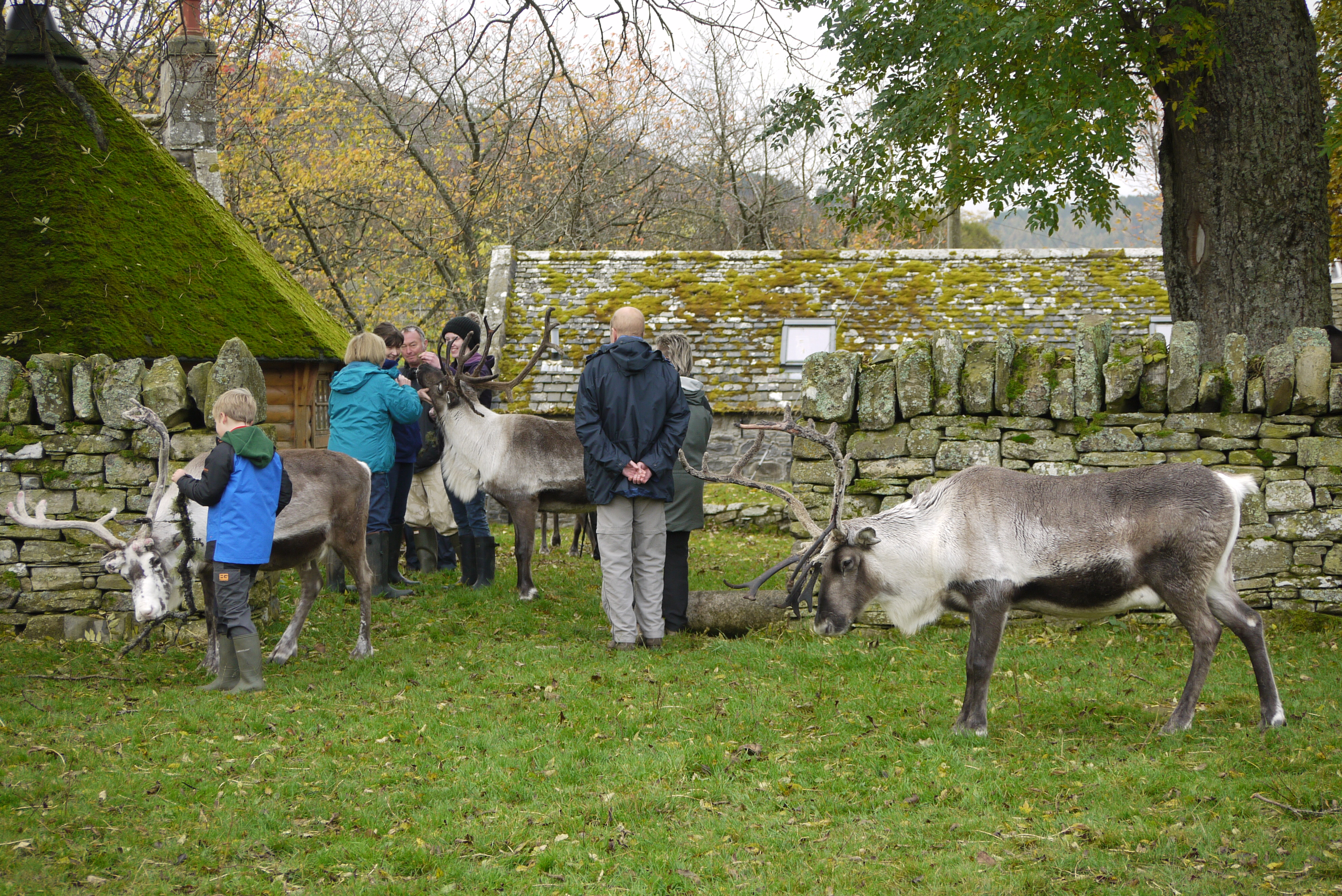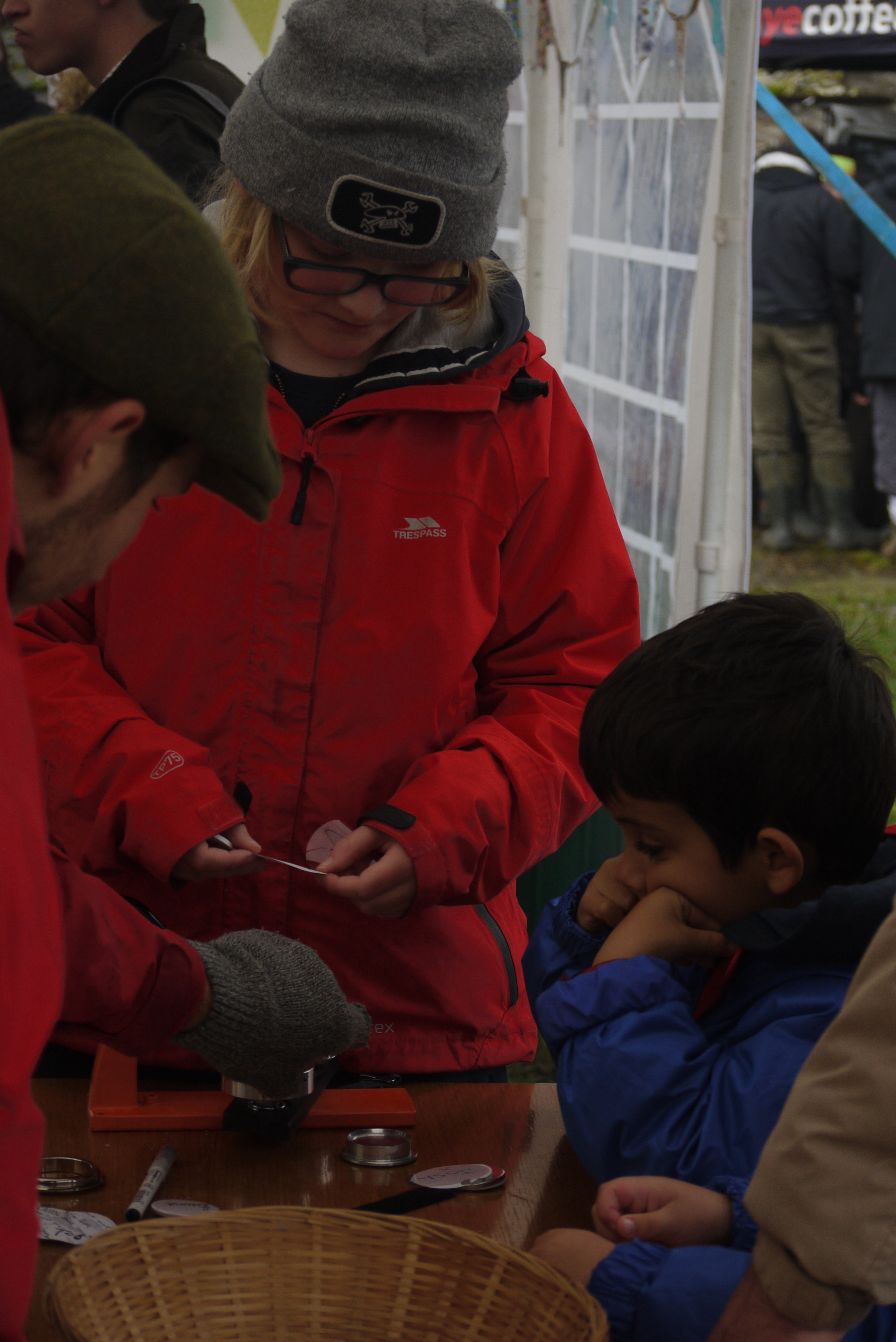Back in August we posted a blog with some quiz questions, from the quiz I ran for the staff here at Reindeer House towards the end of the (first!) lockdown, when the restrictions were starting to lift. So here are the long awaited answers! If you had a go then hopefully you have come up with the answers and they are similar to mine!
1: An old term for a stag?
‘Hart’ is an old English term for a Red stag. I grew up in the village of Welwyn, in Hertfordshire and the local Pub was called The White Hart.

2: Name the three types of Scottish heather, and in which order do they flower?
‘Bell’ heather is first to flower and is a very bright purple, generally growing in distinct patches on dry moorland heath. The ‘crossed leaved heath’ is a close second, much paler purple in colour, it prefers wetter, boggier ground. Then finally the ‘ling’ heather, which clothes the Scottish hillsides with the wonderful purple hue and this year we had one of the best ever flowering of the ling!

3: The Scottish name for a woodlouse?
A ‘slater’. They are very small terrestrial crustaceans, which I often find under stones (so not sure where the name ‘woodlouse’ comes from!). When we named the reindeer calves in 2010 on a Bugs and Beasties theme, one of the male calves was called Slater. Sadly he’s no longer with us but we still have some of them from that year, including Spider, Beastie, Lace and Caterpillar.
4: What are the colour of the following berries?
Bearberry is bright red and has a sharp taste.
Crowberry is black, only grows high on the mountain and provides an important source of autumn and winter food for Ptarmigan.
Cowberry is red like the bearberry – in fact it’s easy to confuse the two. They grow at similar altitudes on the moorland but the cowberry is an upright plant whereas the bearberry is prostrate, growing along the ground often on stony ridges.
Cloudberry when ripe is orange/peach colour and grows in wet mossy areas.
And finally blaeberry is blue/black, called ‘bilberry’ in England and is very tasty.
5: Loch Morlich is a glacial feature, but what type?
A Kettle Hole, which is formed by a ‘plug of glacial ice’, which was been left behind after the ice retreated and gouged out a depression.

6: Name the mythical creature of Ben Macdui. It has to be exact!
The Big Grey Man of Ben Macdui.
7: In which coire in the Cairngorms does snow linger the longest? indeed some years it doesn’t melt at all.
An Garbh Choire which is between the Braeriach plateau and the Lairig Ghru.
8: Name the two insectivorous plants that grow in boggy ground?
Butterwort and Sundew. They both have ‘sticky leaves’ which attract the small insects (like midges) which then get stuck on the leaf. The plant then ‘digests’ the insects by injecting enzymes into it. Sounds like something out of science fiction!!

9: Who was the first pure white reindeer to be born in the Cairngorm herd?
Snowflake was born in 1966? and Mr Utsi was very pleased to have a pure white calf in the Cairngorm herd. Many of the reindeer herding people hold white reindeer in high esteem and are regarded as very special. Indeed Mr Utsi always claimed that more white reindeer were born in areas where there was a lot of white rocks and to encourage more white reindeer to be born he painted some of the rocks white!

10: What are the full titles and subtitles of the three books I’ve written?
Velvet Antlers Velvet Noses: The Story of a Reindeer Family 1995
The Real Rudolph: A Natural History of Reindeer 2006
Reindeer: An Arctic Life 2016 Available on our website now!

11: In the foreword to ‘The Living Mountain’ by Nan Shepherd she describes reindeer as ‘no longer experimental but ……….’?
Settlers
12: Name 3 countries or islands ( other than Scotland ) where reindeer have been introduced in the past?
Alaska, Canada, Iceland, Greenland, South Georgia. There are other smaller arctic islands off the north coast of Russia.

Tilly
























































































